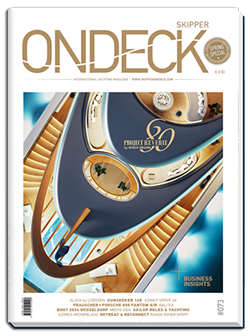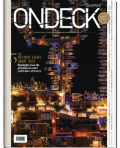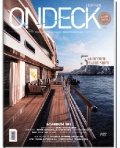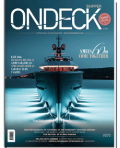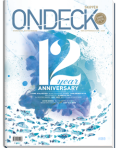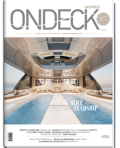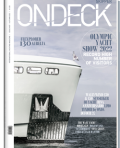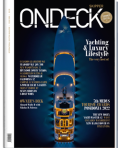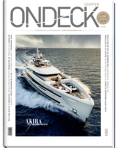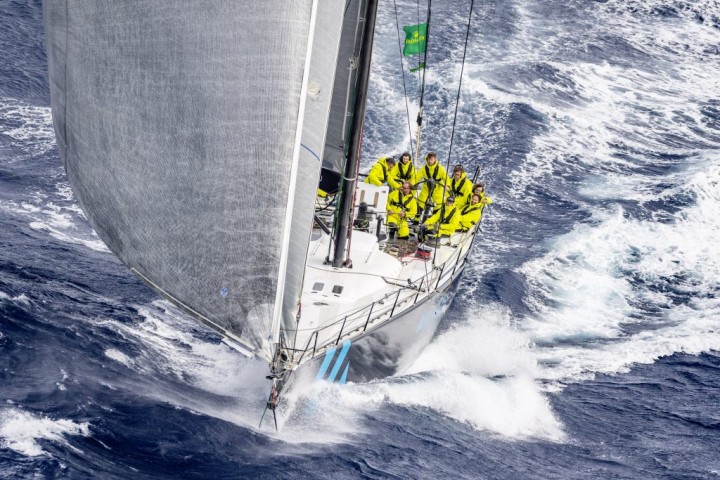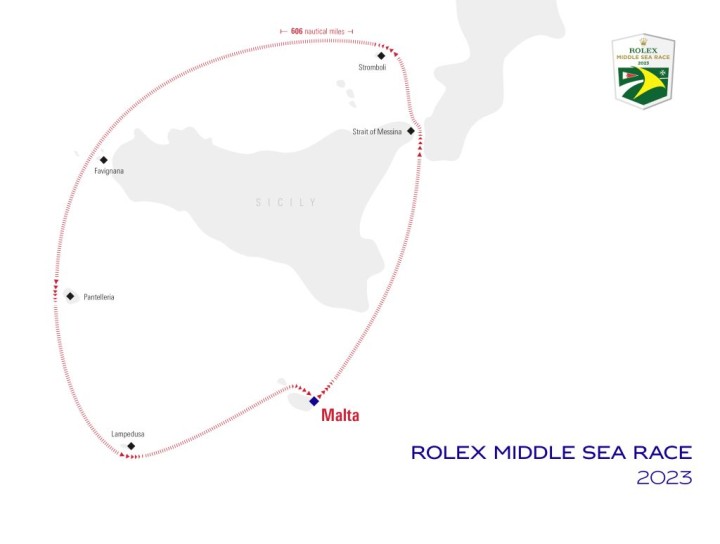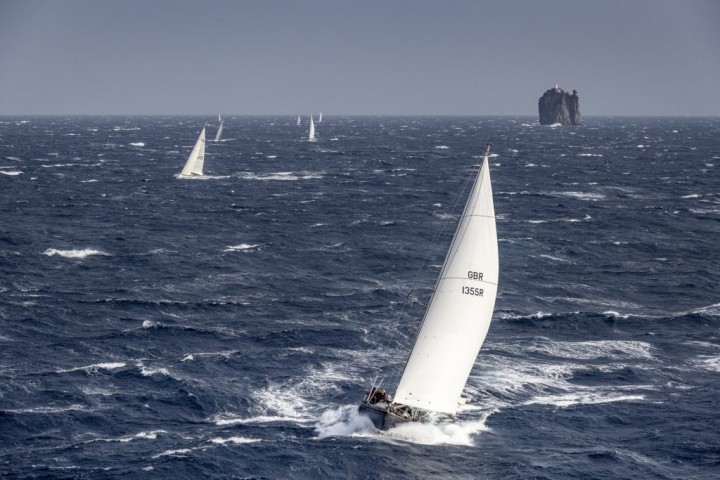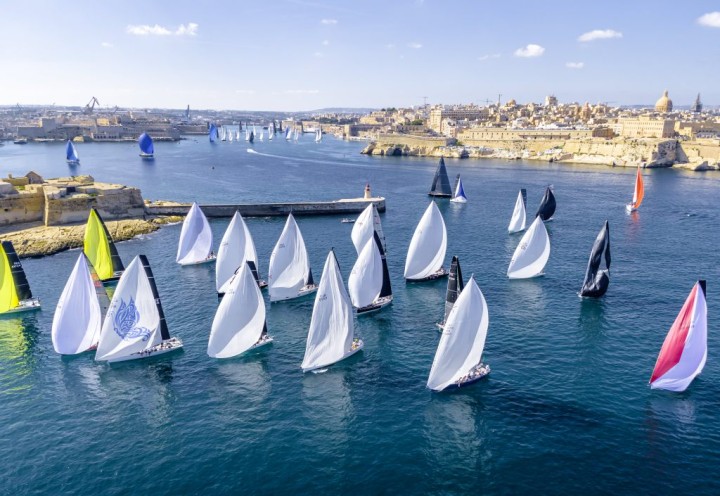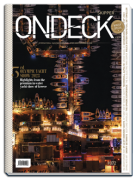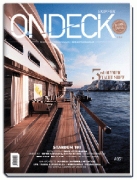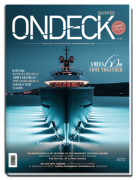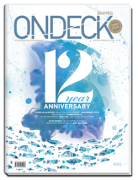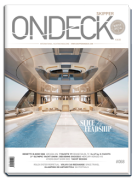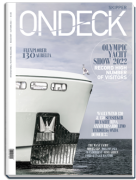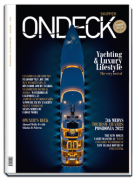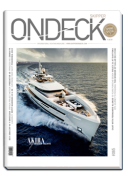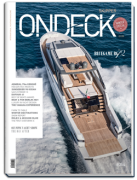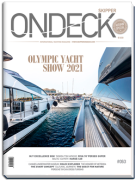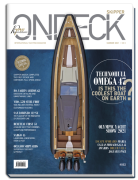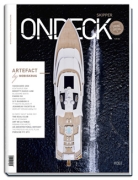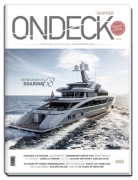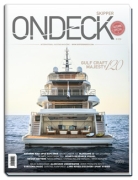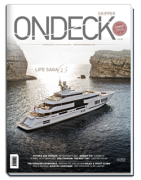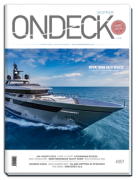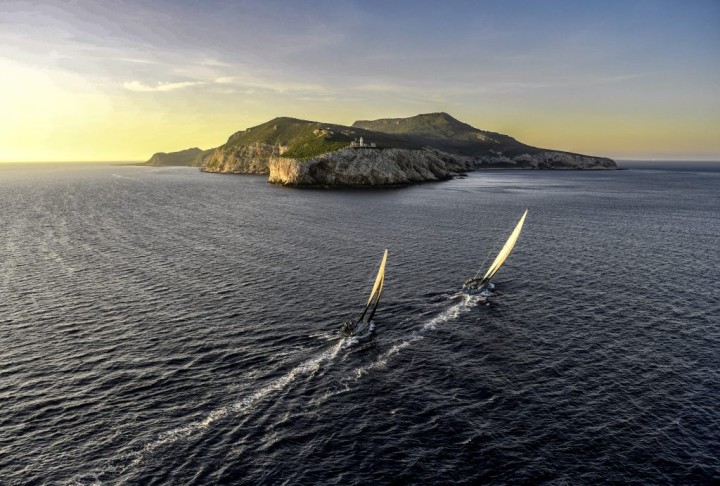
The Rolex Middle Sea Race, which marks its 44th edition in 2023, is one of the world’s premier classic yacht races.
Starting on Saturday, 21 October, the 606-nautical mile (1,122 kilometres) race is a stringent test of sailing prowess. Partnered by Rolex since 2002, the reputation and international profile of the contest has risen considerably over the course of its 55-year history, reaching heights quite unexpected when it was first held in 1968. For this year’s race, a fleet of more than 100 yachts is anticipated, representing 25 countries and crewed by some of the best and most passionate offshore sailors.
The Rolex Middle Sea Race is one of several 600-mile races supported by Rolex as part of its near 70-year partnership with the sport of yachting. As with historic counterparts the Rolex Fastnet Race and the Rolex Sydney Hobart Yacht Race, crews are drawn to its compelling challenge and unique characteristics.
For Rolex Testimonee Tom Slingsby, a two-time Rolex World Sailor of the Year and a helmsman on the overall winning yacht in 2021, his first Rolex Middle Sea Race appearance proved memorable:
“The racetrack is beautiful. Going around islands in changing conditions with a lot of geographical factors at play and then finishing where we started. I will definitely be back.”
Renowned US yachtsman Paul Cayard, another past competitor and Rolex Testimonee, rates the spectacular course as one of the key attractions:
“With all its history and rugged beauty, the Rolex Middle Sea Race is one of the most impressive in the world. You are at the crossroads of the Mediterranean. The race has everything – an amazing energy at the start in Valletta, regular contact with wildlife and an unfolding passage around breathtaking islands.”
Five-time Olympic medallist Robert Scheidt, also a former participant and Rolex Testimonee, emphasizes the significant examination faced by the crews:
“A long race like this is a challenge and your accomplishment is as part of a team. There is so much work behind these races: getting the boat to the start, preparing the sails, the rigging and the crew, managing the shifts between day and night, keeping people rested and in good form to do their job well. It is a big project, and if you achieve your potential, it is a great feeling.”
It is a sense of achievement that competitors have felt since the race was founded by a group of Corinthian sailors eager to test their skills and resilience by racing offshore. This core spirit has remained central to the success of the race over the years.
Another aspect that has not changed is the race starting and finishing in the same place. The start from the Grand Harbour in Valletta, the capital of Malta, is one of the most eye-catching in sailing. Spectators line every vantage point as cannons positioned high above the water signal the departure of the yachts. Thereafter, the primarily anti-clockwise circumnavigation of Sicily breaks into several distinct sections, each with its own reputation and appeal. Two active volcanoes – Etna and Stromboli – feature high on the list. UNESCO protected, the volcanic Aeolian island of Stromboli is the undeniable symbol of the race and rounding it in daylight or darkness is a highlight for all crews. Other notable legs include the perennially fickle Messina Strait, the rugged and beautiful Egadi islands on the north-west corner of the course, and the isolated Italian islands of Pantelleria and Lampedusa, closer to Africa than Sicily, that precede the open-water leg back to Malta.
The location of the race and its timing can pose significant weather challenges. Competitors frequently meet punishing winds and brutal seas, mixed with periods of benign calm. For the fastest boats, finishing within 48 hours is considered an impressive run, characterized by two intense days at sea with minimal chance for rest. For the majority of the fleet, the race can take between four and six days. Preparation, teamwork, knowledge and experience sailing out of sight of land for long periods are crucial. Human and physical resources need to be managed carefully, with the demands on both constant and draining.
The Royal Malta Yacht Club, which has organized the race since its inception, takes the task of curating the event with serious intent, as Commodore David Cremona explains:
“In recent years, the Rolex Middle Sea Race has firmly established a reputation as one of the must-do offshore classics. Its most passionate advocates are past competitors, many of whom return time and time again to participate. In partnership with Rolex, the club is resolute in putting both the competitors and the future of the sport first as we evolve and develop. Proof of our successful approach is the great diversity within the fleet in terms of nationalities, boat types and experience.”
For many, completing the Rolex Middle Sea Race is achievement enough, but for those who do well, the final prize-giving is an opportunity to be acknowledged by their peers. The most significant awards are the Rolex Middle Sea Race Trophy and Rolex timepiece presented to the overall winner on handicap. Reflecting the democratic nature of offshore sailing, during the period of the Rolex partnership, yachts from 35 to 100 feet (10.68–30.48 metres) have claimed this honour and a deserved place in the history of this exceptional contest.









